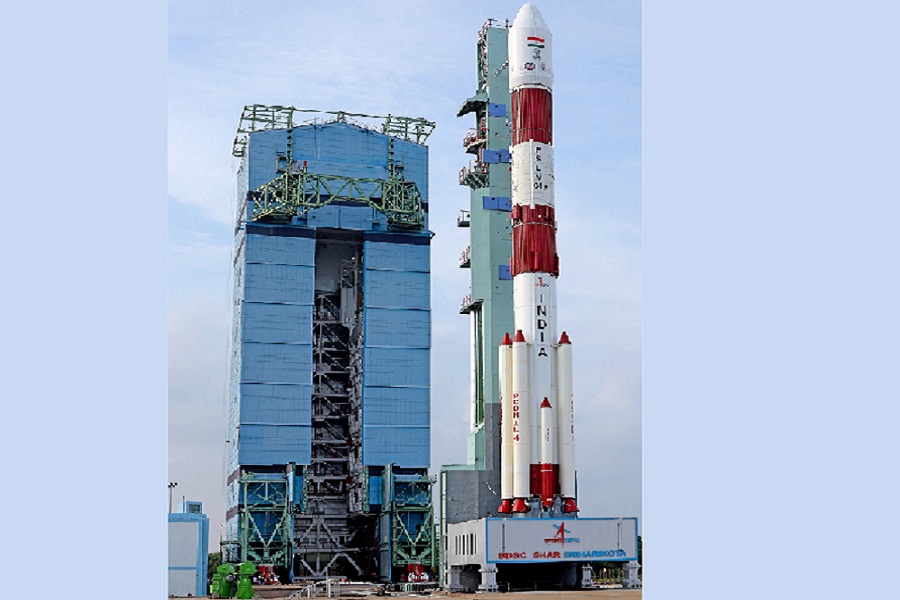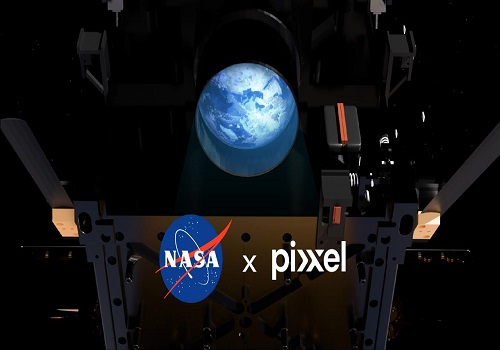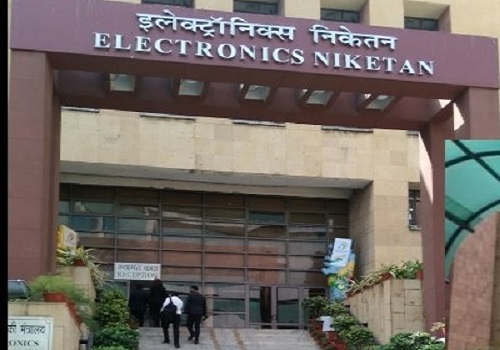NASA proposes new solar powered airplane concept to explore Mars

US space agency NASA has proposed to develop a new mobility Mars exploration platform that will use solar energy to explore the Red Planet.
The Mars Aerial and Ground Intelligent Explorer (MAGGIE) is a compact fixed wing aircraft with ultra-high productivity efficiency powered by solar energy to fly in the Martian atmosphere.
It will have vertical take-off/landing (VTOL) capability, enabled by advanced deflected slipstream technology with CoFlow Jet (CFJ).
"MAGGIE would be able to perform the first global-scale atmospheric mission at Mars and revolutionise our capability of exploring almost the entirety of the Martian surface. It is the first concept to enable ongoing exploration of this region of Mars and would provide a substantial leap in capability for NASA’s exploration of the Red Planet," the agency said in a statement.
The attractiveness of airborne missions on Mars has been amply demonstrated by the Ingenuity helicopter, which landed on the Red Planet in February 2021 attached to the belly of NASA's Mars Perseverance rover.
Originally tasked with only five test flights to prove its "pioneering" technology, Ingenuity helicopter exceeded all expectations with 72nd flights on the Red Planet.
"MAGGIE would be similarly engaging to the public, both in its audacity, and in the variety of environments it could explore, study, and image. The technology would also enhance VTOL aircraft technology on Earth and other planets," NASA said.
The aircraft will be able to overcome the low density of the Martian atmosphere with a magnitude higher than conventional subsonic aircraft.
The range of MAGGIE for a fully charged battery per 7.6 sol is 179 km at altitude of 1,000 m. The total range of MAGGIE per Martian year is 16,048 km.
The representative mission for MAGGIE presented would conduct three atmospheric and geophysical investigations.
These include a study of the origin and timing of the Martian core dynamo from the weak magnetic fields found in the large impact basins, a regional investigation of the source of methane signals detected by the Tunable Laser Spectrometer on the Mars Science Laboratory in Gale crater, and mapping of subsurface water ice at high resolution in the mid-latitudes where it has been observed from orbit.
The conceptual MAGGIE system study indicates that the concept appears to be feasible, but needs to be further investigated, designed, and verified under Martian atmospheric conditions in Phase I, NASA said.
























